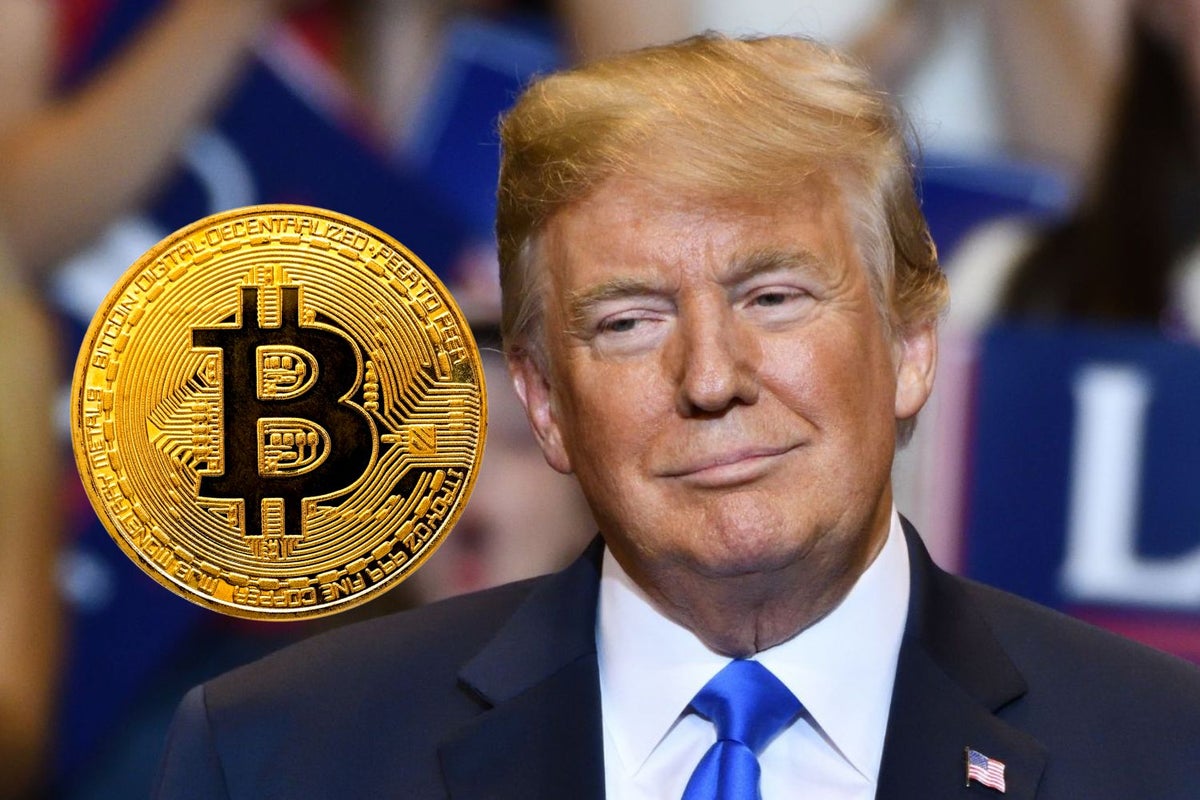The informal economy can get a boost from Fintech

Long seen as a barrier to market development and fiscal sustainability, a dynamic informal economy is increasingly recognized as an important source of resilience and a target for financial technology (fintech) services.
The informal economy accounts for about a third of economic activity in emerging markets, compared to 15% in more mature markets, underscoring the large impact.
Also known as the “shadow” or “grey” economy, the informal sector comprises legal activities that contribute to the economy but are not taxed or regulated by the government or covered by formal agreements.
According to the International Labor Organization, at least 2 billion workers over the age of 15 – or around 60% of the global workforce – spend at least some time in the informal sector.
Informality and financial resilience
Although a large informal sector can limit growth, limit government tax revenues and weaken the financial sector, informal micro, small and medium enterprises (MSMEs) contribute to the formal economy in a number of ways, either through VAT on purchases or additional costs of running a business .
Indeed, the widespread transfer of funds from the informal to the formal sector suggests that emerging markets may be more resilient to shocks than official estimates suggest.
Nevertheless, access to credit is still an obstacle to growth and formalization for many small businesses.
About 40% of MSMEs around the world—or about 65 million businesses—face a cumulative annual credit gap of $5.2 billion, according to the International Finance Corporation, underscoring a significant opportunity for microloans in emerging markets.
While informal workers are typically paid less than their formally employed peers, the informal sector in emerging markets tends to be more dynamic and competitive, promoting the development of human resources when more traditional opportunities are absent or unavailable.
Similarly, the MSMEs that make up the bulk of the informal economy represent a highly flexible form of employment capable of providing jobs to large sections of a country’s population, even when official unemployment figures remain high. This may have contributed to the relatively quick recovery after the Covid-19 pandemic in countries such as Pakistan, where the informal sector represents 70% of total employment.
New technologies for informal activities
Adoption of new technology can help encourage formalization through increased financial inclusion. Fintech, including technologies based on blockchain, has helped improve access to finance in emerging markets.
As OBG has noted, the sharp increase in remittances during the pandemic testifies to the large scale of informal remittances being carried out globally, often in cash and outside traditional or digital banking channels.
Remittances to Africa grew by $80 billion in 2020, with intermediary platforms such as East Africa’s Pangea supporting the flow of these funds to local entrepreneurship.
One fintech initiative that has seen robust adoption in emerging markets is mobile money.
M-Pesa, a money transfer service that allows users to make payments and store and receive money via their mobile phones, is a notable example. Launched in 2007 by Vodaphone and Safaricon, Kenya’s largest mobile operator, the service is used by 51 million people in seven African countries and is set to expand to Ethiopia following a license approval in October 2022.
Related: Tackle the biggest challenges facing EV adoption
Digital currencies are another avenue that governments are using to increase financial inclusion. Around 90% of the world’s central banks are set to distribute digital currencies, especially as many consumers in emerging markets shift to virtual currencies to hedge against inflation.
In 2021, Nigeria rolled out the eNaira, Africa’s first digital currency. However, uptake remains low: About one in 200 people used the currency in October this year, a performance attributed to hesitancy linked to the weakening of the naira and confusion following the government’s crackdown on cryptocurrencies.
Consumers in emerging markets generally show more support for digital currencies than those in mature markets, with a recent report from Morning Consult noting that 36% or respondents in India strongly supported the adoption of a digital central bank currency, compared to 3% in Japan.
Digital payments are already widespread in India, which has seen its digital payment volume grow by an average of 50% in each of the past five years, largely thanks to the mobile-enabled system, Unified Payments Interface (UPI).
In March, the Reserve Bank of India announced a UPI for feature phones, an extension that could bring financial services to 400 million potential users in rural areas where informality levels are high.
The “buy now, pay later” model also serves to increase financial inclusion, helping MSMEs secure the funds needed for formalization via interest-free peer-to-peer loans.
By Oxford Business Group
More top reads from Oilprice.com:
Read this article on OilPrice.com

























